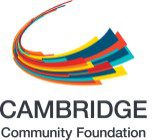Equity and Innovation Report
Chapter 3: Top Quintile


Overview
The former stereotype of the middle-class household — white-collar professionals working in finance, business, and managerial occupations and living in two-parent families with children — has come to reflect the top quintile of households in Cambridge over the past decade. These highest-earning households are more likely to have children, be longer-term homeowners, and be self-employed than any other quintile. They work in top-tier management, finance, and legal occupations.
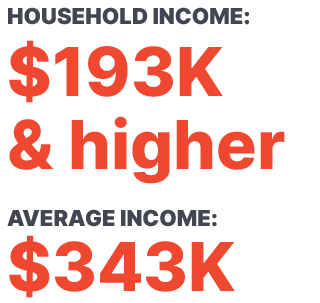
Neighborhoods with the greatest share of households in the top quintile



Sources: 2005–2009 and 2014–2018 American Community Survey 5-Year Estimates.
Chart 3.5: Distribution of Child Population by Quintile, 2018
The top quintile is where the children are.
People and Households (2009-2018)
The top 20 percent of households has become more diverse over the past decade, reflecting a growing Asian population and a slight increase in the Black population. More children live in the top 20 percent of households than a decade ago. In fact, one-third of all children, including nearly 40 percent of those 5 and under, live in this quintile. Households without children remain the majority, but there has been an uptick in families with children from 24 percent to 31 percent of all households. The majority of these families are married-couple households — and nearly 40 percent of all married couples with children are in the top 20 percent of households, compared with nearly 30 percent a decade ago.
The average income for the top quintile is now more than 25 times the average income for the first quintile.
Race/Ethnicity
Largest growth in Asian population
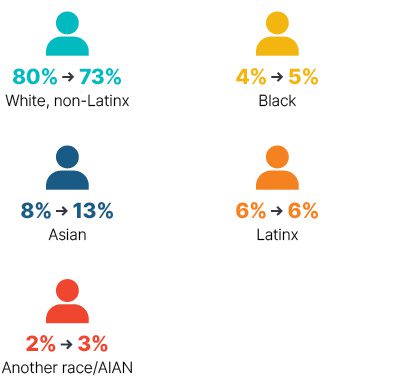
Age
Largest growth in children
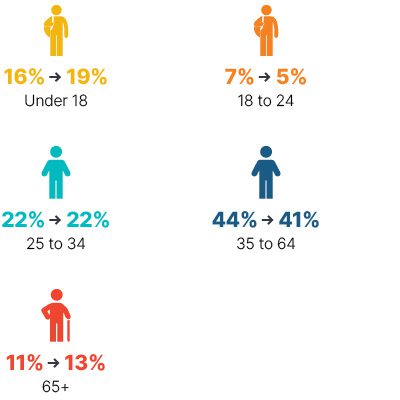
Household Type
More families with children
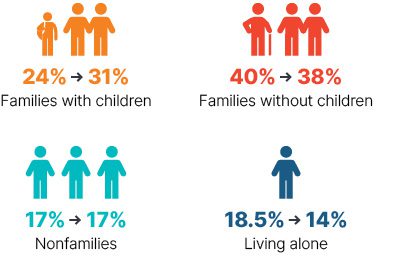
Sources: 2005–2009 and 2014–2018 American Community Survey 5-Year Estimates.
Housing and Community (2009-2018)
The top fifth of households are overwhelmingly homeowners, although the share of high-income renters in this quintile has grown dramatically over the past decade. Nearly all households pay less than 30 percent of their income for housing. This quintile is the core of housing-stable Cambridge, but there has been an uptick in more mobile, newcomer households, with the share who have lived in their current home less than two years increasing from 16.9 percent to 25.2 percent. Nevertheless, the top quintile has the highest rate of housing stability. Only 15 percent of residents moved within the past year, compared with 25 percent citywide.
Tenure
Majority homeowners but increasingly renter households
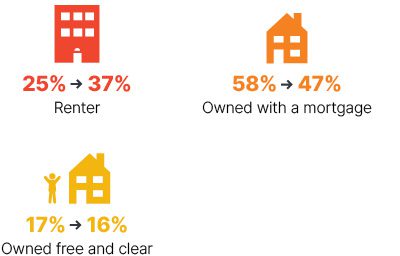
Lived in Current Home for:
Mostly long-term residents but growth in recent movers
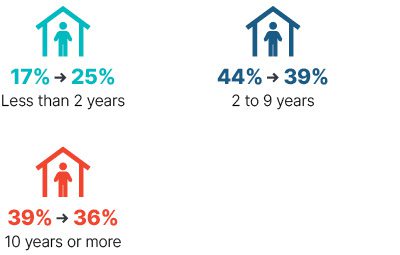
Movers Coming from:
Most likely to be local movers

Sources: 2005–2009 and 2014–2018 American Community Survey 5-Year Estimates.
Education and Jobs (2009-2018)
Working-age adults in this quintile are Cambridge’s most educated: 90 percent hold at least a bachelor’s degree, and 62 percent hold a master’s or higher. This quintile is the most likely to be self-employed. Twelve percent of working-age adults in the top quintile are self-employed, and more than a third of all self-employed workers in Cambridge are part of this quintile. Management occupations are the most common, followed closely by jobs in the innovation cluster, while occupations in business and finance have overtaken those in education among workers in this quintile.
Educational Attainment
Very highly educated with little change

Top Occupations
Only quintile with top employment in management
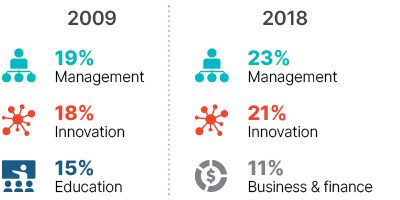
Employment Sector
Relatively little change in employment sector profile

Sources: 2005–2009 and 2014–2018 American Community Survey 5-Year Estimates.
We have adjusted the standard naming conventions established by the U.S. Census Bureau in the following ways: “Hispanic/Latino” ethnicity is referred to as “Latinx”; “Black” refers to “Black/African American”; “Asian” includes “Native Hawaiian/Pacific Islander”; “Multiracial” refers to “Two or More”; and “Another race/AIAN” includes “Some Other” and American Indian/Alaska Native.” For more about our terminology on race and ethnicity »
